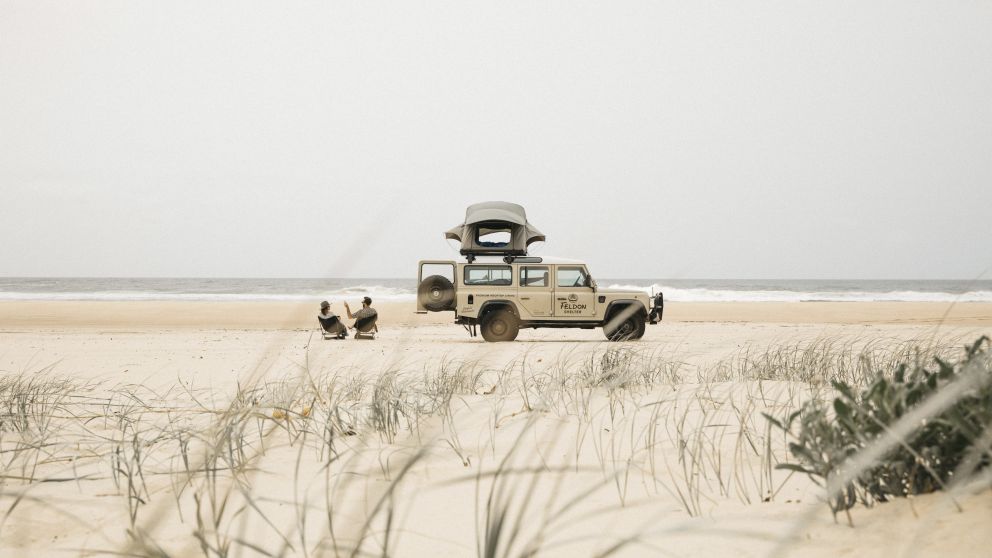

Couple beach camping at Crescent Head on the North Coast - Credit: Alexandra Adoncello



If you’re planning on having a 4WD adventure across NSW, we have some great tips and advice from NRMA on how you should prepare your 4WD before you set out on your holiday.
Watch Christopher Low from NRMA Roadside Assistance as he takes you through some of the key steps and safety checks you should consider before taking off on your 4WD adventure.
Before you head out on your 4WD adventure, I recommend having the vehicle checked over or serviced 4 to 6 weeks prior to your adventure – this covers for you any mechanical faults in the car and allows you enough time if you need to order any parts.
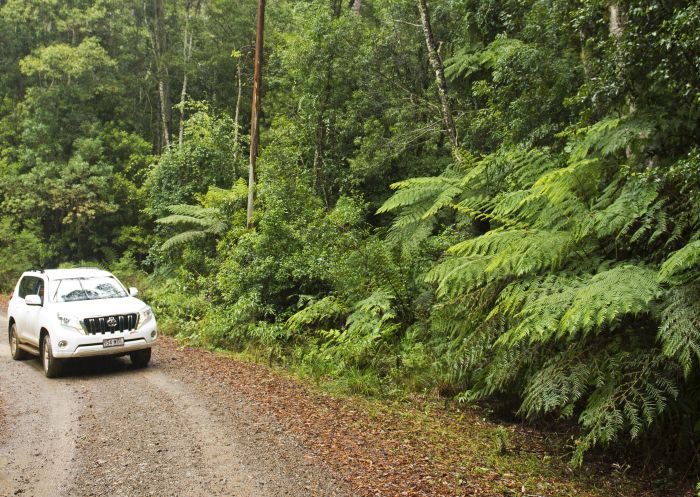
Guy Fawkes River National Park, Ebor - Credit: Don Fuchs; Destination NSW
Don’t forget to check the engine fluid levels (engine oil, transmission oil, clutch fluid, break fluid, and radiator cooler levels) and make sure your vehicle is free from any leaks.
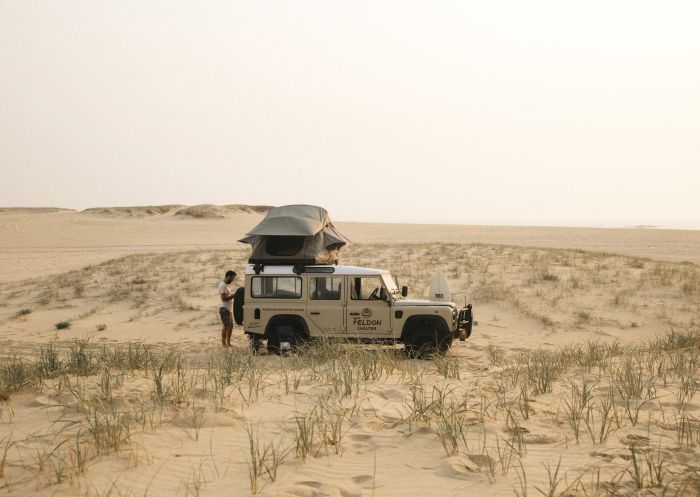
Stockton Beach, Port Stephens
It’s important to have the correct tyres for the terrain you are about to tackle. Check your existing tyres for tread, any damage to the side walls, tyre pressure and review the tread wear indicator on your tyres – if it looks like the tread is at the indicator mark, this is an indication it might be time to replace your tyre.
You will also need to make sure you are equipped to release the tyre pressure if you decide to travel on uneven terrain. Be sure to have a recovery kit including an air compressor and tyre pressure gauge to help with this.
This will also allow you to pump your tyre’s back up to the correct pressure level when you travel back on sealed roads.
Don’t forget to check your spare tyre, make sure it is pumped to the correct pressure, has no punctures and is ready to go in case of an emergency.

Nettleton's First Shaft Lookout, Lightning Ridge
Get to know your 4WD car manual and when to engage four-wheel drive and when to use either high or low range gears and if available diff locks (when traction is needed driving off road, this function allows you the ability for both wheel axles to be mechanically locked together forcing the wheels to rotate at the same speed).
It’s also a good idea to learn your Gross Vehicle Mass limit to ensure your car is at the correct weight when travelling.
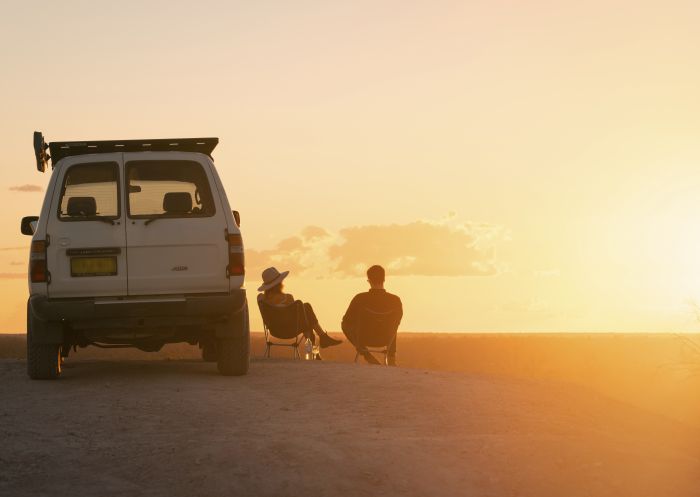
Nettleton's First Shaft Lookout, Lightning Ridge
If you decide to drive off road, it’s good to be prepared. Extra equipment you might consider bringing include a tow rope, shovels, spare fuel, electrical tape, tool kit and a first aid kit.
Make sure all items are packed securely and pack the heavier items down lower to reduce the centre of gravity.
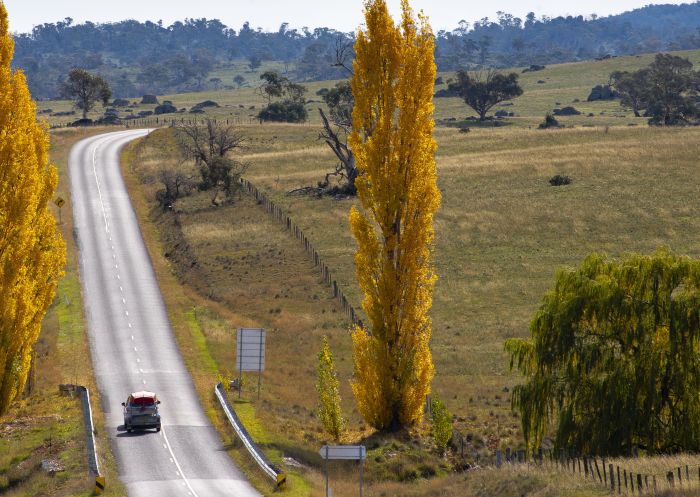
Country Road, Snowy Mountains - Credit: Don Fuchs; Destination NSW
Getting off-road in your 4WD can be a great adventure, building lasting memories for you and your friends and family. But when it comes to getting your tyre stuck in uneven terrain off road, it can be a challenging experience.
If you are new to four-wheel driving and you are in doubt; walk the track first, assess and decide if it safe before proceeding. If it’s not, turn around and choose another route.
If you do find yourself stuck and need to get out of a challenging situation, here are four steps to help:
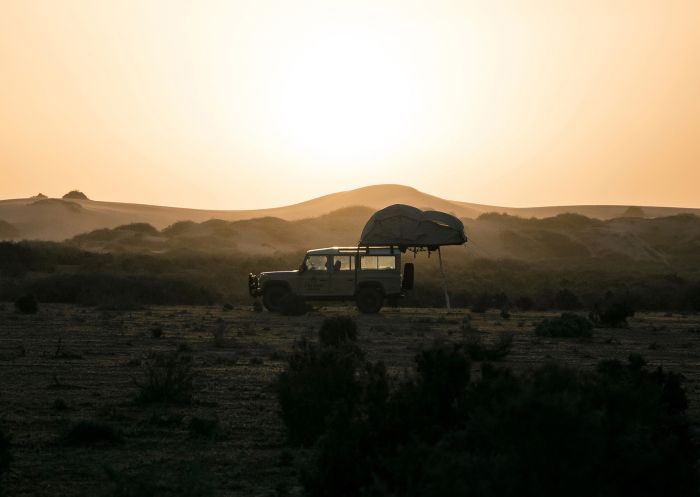
Mungo National Park, Mungo
For water crossings, ensure you know the vehicles wading depth; if you know this may be exceeded, a snorkel is highly recommended. Before crossing a river or creek, it’s a good idea to stop and let the vehicle cool down. This will stop the cool water from causing any metals in the breaks or exhaust to wear and tear from any sudden temperature change.
Once you have crossed, it’s a good idea to stop the vehicle at the bank, let the water drain from the vehicle and apply the brakes a few times to let them dry out.
Also, be mindful of the environment and the impact you are having, if you are doing damage, you shouldn’t be there.
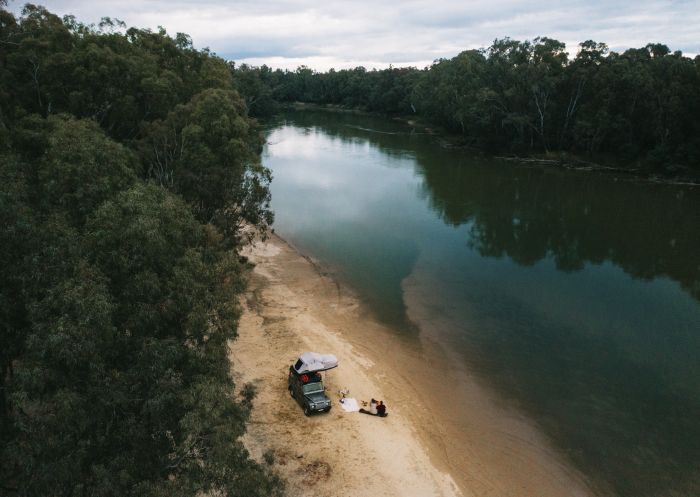
Before you set off, make sure you plan your route, check the weather, get your map ready and pack some essentials like water and a first aid kit.
Get your music playlist and now you are ready for your 4WD adventure in NSW.
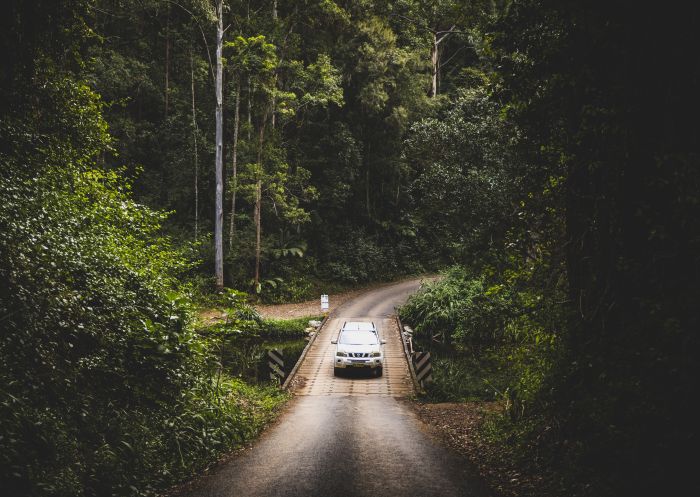
4WD driving through a scenic forest near Dorrigo
Petrol prices fluctuate wildly throughout NSW; to ensure you’re getting the best value, download the Fuel Check app which lists the prices of petrol stations in real time. If you're driving an electric car, you can find a list of charging points across the state.
If you get stuck or have mechanical issues on your trip, you can always get in touch with NRMA Roadside Assistance who will help you with any mechanical repairs, change of tyre or assistance to get out of any situation.
All the insider news, tips and inspiration you need to plan your next trip, delivered straight to your inbox.
Sign UpVisitNSW.com is the official tourism site for Destination NSW.
© Copyright 2023 Destination NSW. All rights reserved